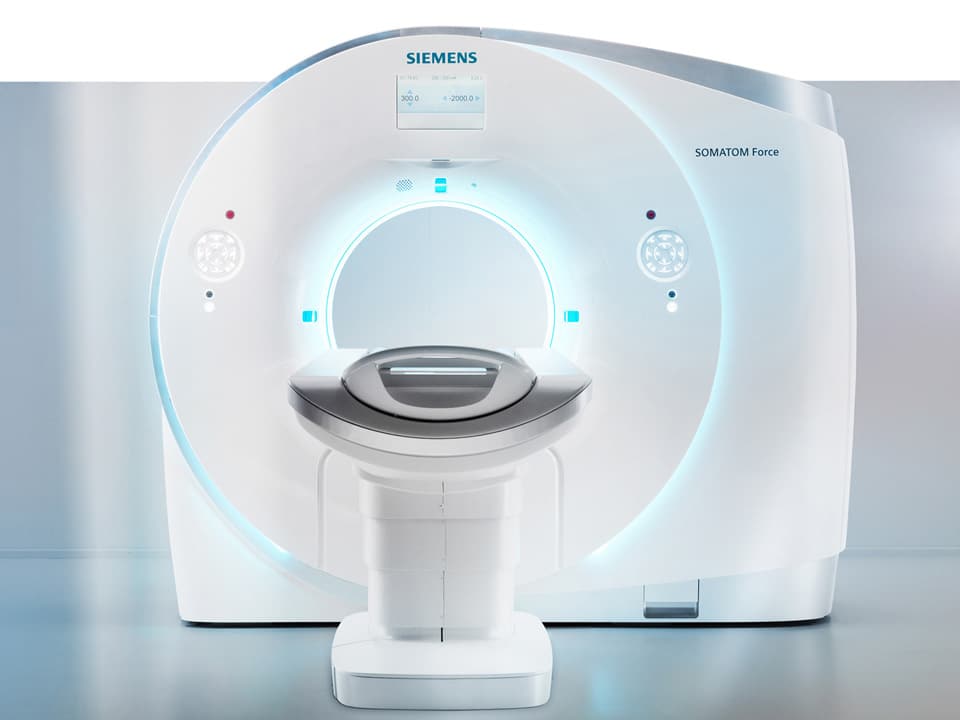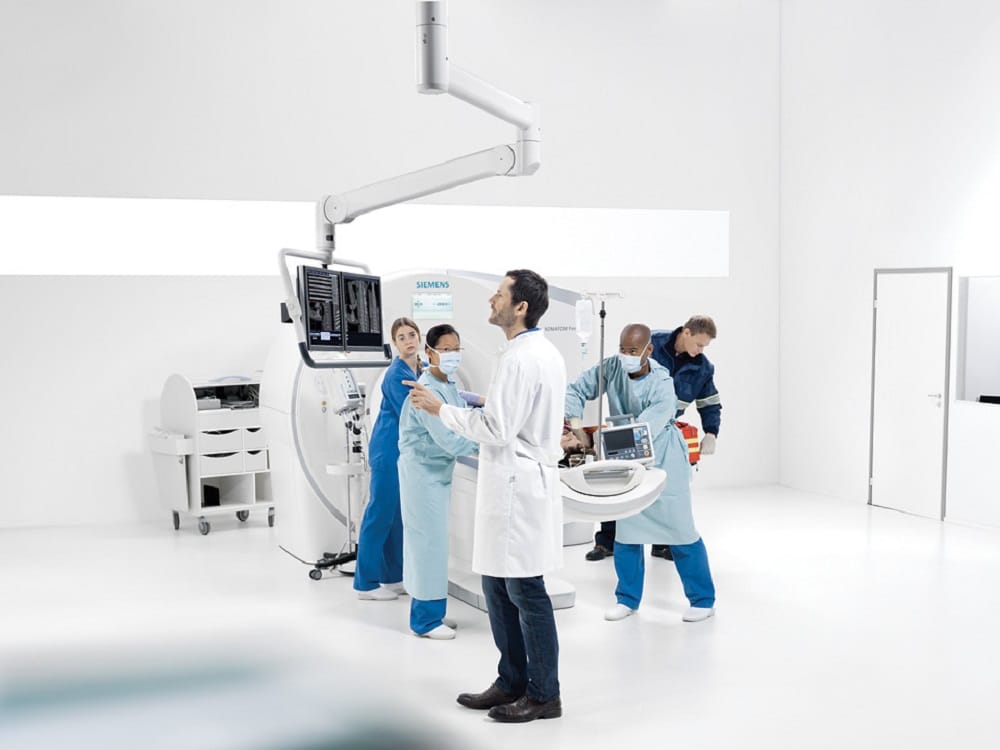At the Congress for the European Society of Cardiology (ESC) from August 27-31 in Rome, Siemens Healthineers presented what it calls its new “workflow approach” for complex, minimally invasive procedures. The goal is to help cardiologists optimize medical imaging at every stage of cardiology treatment, from diagnosis to follow-up care.
Imagine a patient with a heart valve problem—not an emergency situation, but a complex, ongoing case, with the quality of the patient’s life going down significantly. First of all, an exact patient assessment is crucial to decide for the optimal treatment. Based on this information, an interdisciplinary heart team decides whether surgical or minimally invasive intervention is the most appropriate treatment approach.
In those cases, a minimally invasive procedure is the best choice to treat structural heart diseases. With minimally invasive procedures, open thorax surgery is not needed. The patient would probably avoid general anesthesia which translates into shortened recovery time and therefore less time to be spent at the hospital.
“Minimally invasive procedures are an alternative for some patients, but the physicians face also some challenges,” explained Doris Pommi, head of marketing in cardiology at Siemens Healthineers, during a phone interview with MedicalExpo e-mag. “Physicians treat the patient by inserting a catheter via a femoral or apical access for heart valve treatment. Therefore, the physicians don’t see the [heart] valve physically, like in an open surgery, so the need of excellent image quality, information about anatomy and physiology, and guidance during the procedure is crucial,” she added.
Devices become smaller and the material they’re made of could be difficult to visualize. For an optimal outcome, it is necessary to assess the correct placement, deployment and function of the device. That’s where Siemens Healthineers comes into the game. The German company offers to “provide the imaging modalities and tools to support the assessment of the patient before the procedure”, to “guide the exact placement during the procedure” and finally to provide imaging and tools to support after the procedure if everything is working well.
Checking the Placement of the Implant Immediately
These are two examples for the diagnosis and assessment step:
The ACUSOM SC2000 Prime combines two technologies: the ultrasound system that can produce 3-D transesophageal echocardiography full-volume color Doppler images of the heart and blood flow, and the integrated eSie Valves analysis software that supports precise measurements of the individual heart valves in just seconds. Dual-source CT scanners from Siemens Healthineers make it possible to perform CT imaging with low doses of radiation. The high rotational speed of the SOMATOM Force and the resulting temporal resolution, make it unnecessary for patients to hold their breath during the scan or to take medications to regulate their heartbeat, explained Siemens Healthineers in a press release.

Finally, the real-time 3-D ultrasound imaging provided by the ACUSON SC2000 Prime comes into play with minimally invasive mitral valve therapy, since its full-volume color Doppler function enables the assessment of the implant immediately, while the patient is still on the operating table. The heart team sees immediately if the treatment was successful.
The whole clinical pathway needs “very good teamwork,” said Pommi.












